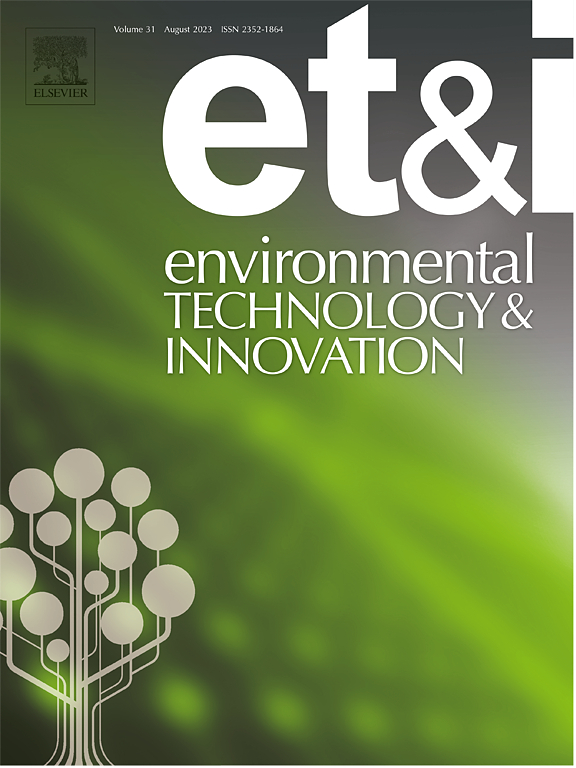Delineating the controlling mechanisms of geothermal waters quality and suitability zoning in the Lower Yellow River Basin, China
IF 6.7
2区 环境科学与生态学
Q1 BIOTECHNOLOGY & APPLIED MICROBIOLOGY
引用次数: 0
Abstract
In the context of global low-carbon development, the exploitation and utilization of geothermal waters has attracted widespread attention. Geothermal water quality evolution and associated risk assessment have important practical significance for ensuring safe water use and sustainable development. However, traditional geothermal water assessments do not take into account the uncertainties in the different types of use and water quality evolution. To overcome this limitation, this study analyze the hydrogeochemistry characteristics of geothermal waters, reveal its control mechanisms, assess suitability zoning and associated health risks through high-density sampling in the Lower Yellow River Basin (LYRB), Shandong Province. The results show that the physical and hydrogeochemistry characteristics of geothermal waters exhibit large spatial variation at different temperatures, and 93.7 % of samples meet the standard for physiotherapeutic use of geothermal waters in China. The geothermal water samples at 0–50 ℃ are mainly of SO4·Cl–Ca·Mg type, while the samples above 50 °C are mainly of SO4·Cl-Na type. The water temperatures have a strong positive correlation with TDS. The main recharge source of geothermal waters is atmospheric precipitation, and the hydrogeochemical characteristics are mainly controlled by the dissolution of salt rocks, silicates, sulfate minerals and cation exchange. The enrichment and spatial distribution of unconventional components are affected by the development degree of geothermal waters. The geothermal water quality index (GWQI) in Poor and Extremely poor areas range of 50 % in the LYRB, mainly affected by I- and Cl-. Finally, the suitability zoning of geothermal waters for different types of use is divided, and suggestions for scientific exploitation of geothermal waters is put forward. These results provide theoretical basis for the scientific management, suitability evaluation and health risk assessment of geothermal waters in geothermal waters enrichment areas.
求助全文
约1分钟内获得全文
求助全文
来源期刊

Environmental Technology & Innovation
Environmental Science-General Environmental Science
CiteScore
14.00
自引率
4.20%
发文量
435
审稿时长
74 days
期刊介绍:
Environmental Technology & Innovation adopts a challenge-oriented approach to solutions by integrating natural sciences to promote a sustainable future. The journal aims to foster the creation and development of innovative products, technologies, and ideas that enhance the environment, with impacts across soil, air, water, and food in rural and urban areas.
As a platform for disseminating scientific evidence for environmental protection and sustainable development, the journal emphasizes fundamental science, methodologies, tools, techniques, and policy considerations. It emphasizes the importance of science and technology in environmental benefits, including smarter, cleaner technologies for environmental protection, more efficient resource processing methods, and the evidence supporting their effectiveness.
 求助内容:
求助内容: 应助结果提醒方式:
应助结果提醒方式:


